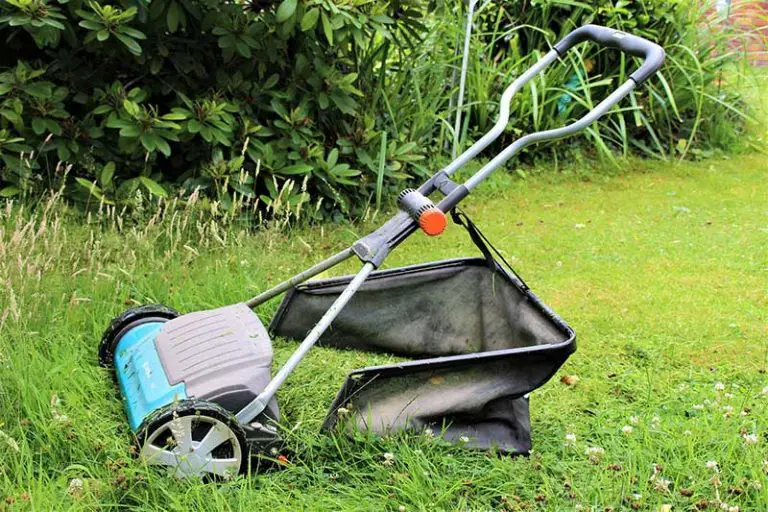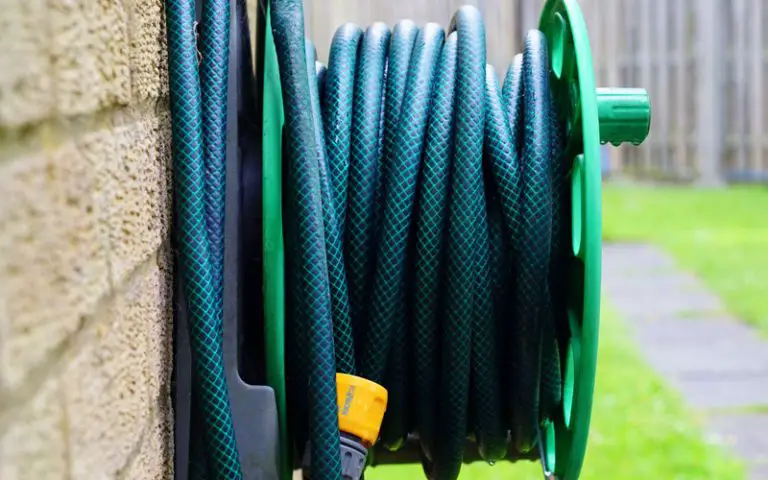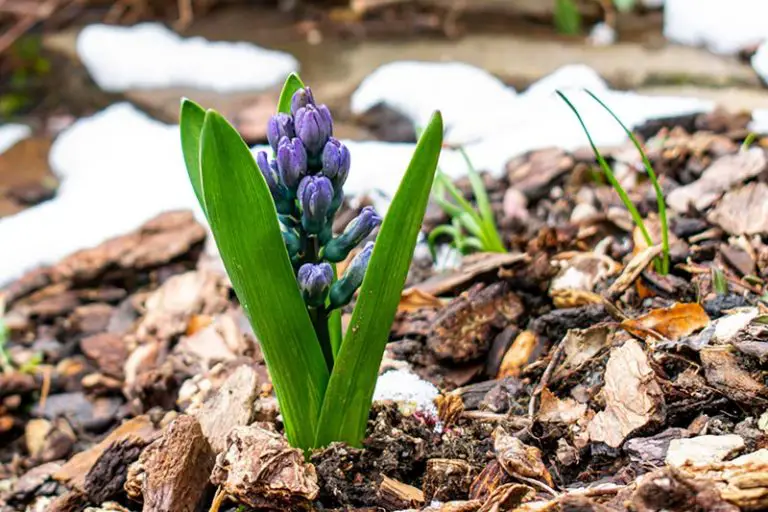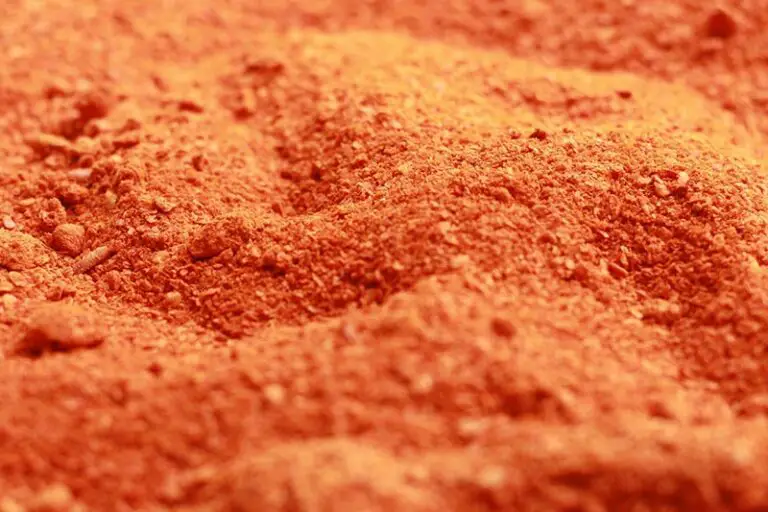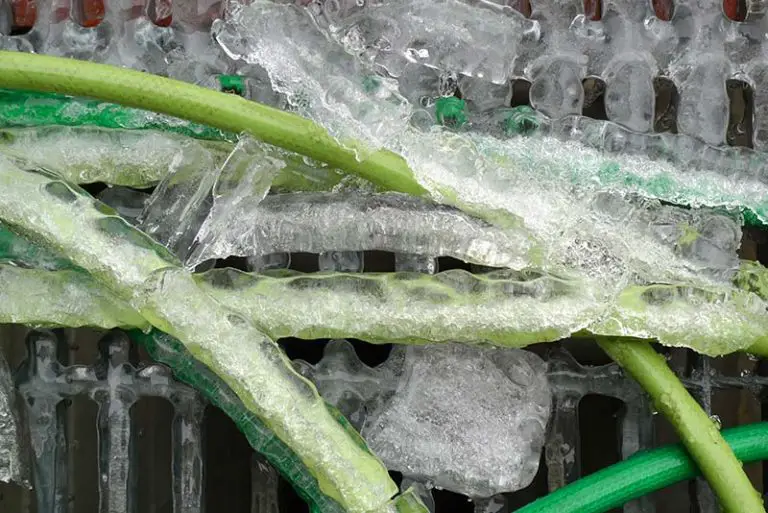Can You Overwater Grass Seed: What To Watch Out For
Watering grass seed is one of the most important elements of success when trying to grow a new lawn. For healthy germination, the planting area must be kept moist at all times throughout the first few weeks following seeding. In an effort to keep your seed well-watered at all times, it’s easy to get carried away with your irrigation activities.
Yes, you can overwater grass seed by adding too much water or watering too frequently for the needs of your grass. If you overwater your grass seed, you may see a reduced germination rate; overwatering can impact seed germination by drowning the seed, washing away the seeds entirely, or causing fungal disease to develop. Striking the right balance between watering enough without watering too much is crucial to support the healthy growth of your new grass.
How Much Water for Grass Seed?
For a healthy and successful germination, grass seed requires a constant source of moisture in the soil. You must provide this moisture from the moment you plant the grass seed, continuing to water daily until the grass sprouts. As your grass matures, you can gradually reduce the frequency of your watering sessions to once or twice per week.
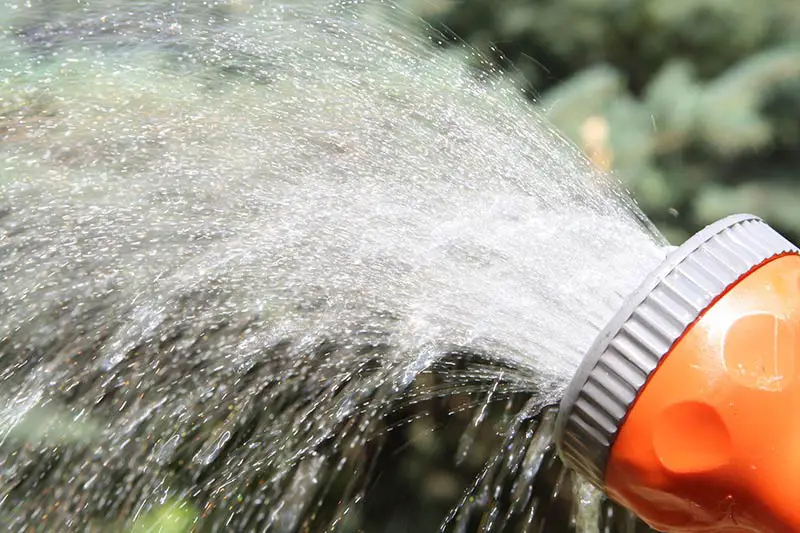
Immediately after seeding, you should water the planting area to moisten the soil to a depth of 6 to 8 inches. The ground must be fully moistened to this depth without being waterlogged, soggy, or saturated. You can check the depth of moisture by pushing a screwdriver or peg into the soil; if you can push your tool into the ground with ease, the turf is sufficiently moist.
You should then continue to water the grass seed 2 to 3 times daily for the first few weeks, now with the aim of moistening the soil to a depth of 2 inches. Take note, you may need to reduce or increase the frequency of your watering sessions depending on the weather; less watering will be necessary if it rains, while you may have to water more frequently in dry spells. Keep up with this schedule until the new grass sprouts, at which point you can graduate to a watering schedule for mature grass.
Can You Overwater Grass Seed?
Yes, you can overwater grass seed. Overwatering grass seed can have just as damaging consequences as underwatering it.
When seeding or overseeding a lawn, it’s easy to make the mistake of thinking that more water equals healthier and faster germination. It is true that grass seed requires a constant source of moisture to germinate properly; however, this does not mean that watering limitlessly will benefit your grass seedlings. Adding more water to the planting area than your grass seed needs will only hinder its germination, as we explain further in the following section.
What Happens if You Overwater Grass Seed?
Overwatering grass seed can negatively impact the germination rate of your new grass in a few different ways. Not only do you run the risk of drowning your seedlings, overwatering can also wash away seeds, bury seeds under soil, and may encourage the development of fungal disease.
Overwatering Can Drown Seeds
Excessively watering grass seed will cause the soil in the planting area to become completely saturated with water. When the turf is this waterlogged, it pushes out air pockets between the soil particles. This will essentially drown your grass seeds by cutting off their supply of oxygen.
Overwatering Can Wash Seeds Away
Not only will overwatering prevent your new grass from germinating, it may wash away the seedlings entirely. Excessive watering can cause standing water to pool on the soil surface; without having the roots necessary to anchor themselves, the grass seeds will float away, redistributing into clumps in the soil. This is a particular problem in sloped lawns where the water can carry the grass seed away from your lawn entirely. If the water pools up enough, it may also wash away young seedlings that lack roots deep enough to hold them in place.
Overwatering Can Bury Seeds Under Soil
As it can with seeds, overwatering can shift the actual soil in the planting area too. The excess water can pick up the soil and move it around; when the water evaporates or drains off, the soil settles in other parts of the lawn, redistributed unevenly and away from its original place. The topsoil will bury grass seeds and young seedlings, preventing their growth by blocking their access to sunlight. It can also leave you with an uneven lawn full of dips and mounds that would then require leveling and grading.
Overwatering May Encourage Fungal Disease
Disease-causing fungal spores thrive in overly moist soils. If you overwater your grass seed, the extended period of excessive moisture will provide the ideal environment for fungal diseases to develop. Fungal disease is damaging enough to mature grass, but young grass seedlings are particularly vulnerable; the disease-causing organisms can destroy grass seeds and seedlings by causing them to decompose. If you don’t treat the disease, it can quickly spread throughout your entire lawn.
How to Tell if You’re Overwatering Grass Seed
Check Softness of Soil
Overwatering will cause the ground to become soggy and mushy. You can tell whether you’re overwatering your grass seed by checking the softness of the soil in the planting area. Apply moderate pressure with your hand or foot on the soil; if you leave behind an imprint or depression in the ground, or it feels soggy to the touch, you’re overwatering the grass. Take note that walking on grass seed can kill it, so this test should be carried out on a small section of the planting area.
Look For Pooling or Standing Water
When the turf is watered to the point of being completely saturated, it will stop absorbing water. This will cause visible pools of standing water to collect on the soil surface. Standing water is a definite sign of overwatering, being an indication that you’re adding more water than your soil can accept. Standing water is also a consequence of having an uneven planting bed; you must level and grade the soil as part of your preparation for seeding to support the area’s drainage.
Look for Water Run Off
Another clear indication that the planting area is saturated with water is seeing visible water runoff. Unable to absorb into the ground, excess water in the planting area will repel off the soil surface; it will drain off your lawn in streams of running water that you may be able to see on nearby sidewalks or streets.
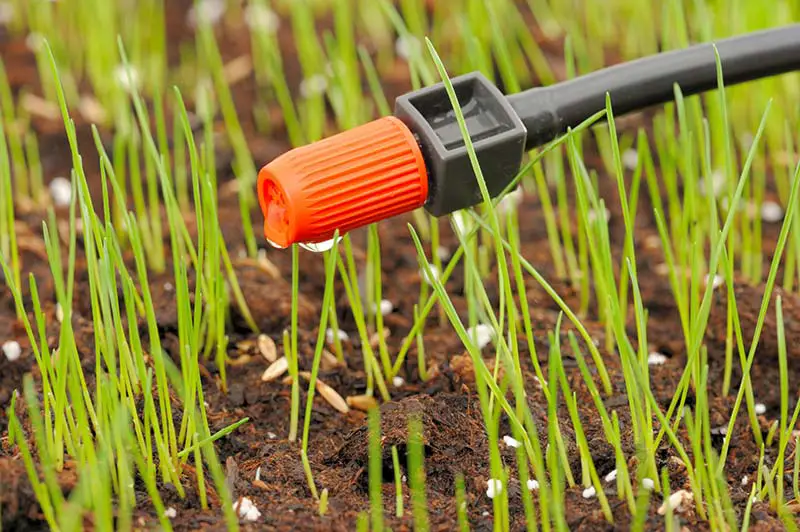
Can You Underwater Grass Seed?
Yes, you can underwater grass seed. If you don’t water your grass seed enough, it will quickly dry out and die with no chance of recovery.
Grass seed can go no longer than 24 hours without water before it dies off. In hotter or drier conditions, it may only be as long as 12 hours before the grass seed dies in the absence of water. It’s therefore crucial to strike the right balance between keeping the planting area consistently moist without adding more water than your grass seed requires.
More Tips For Watering New Grass
Use a Sprinkler System
The best way to keep your grass seed sufficiently watered is to use a sprinkler system. With a sprinkler system, it’s significantly easier to provide an even coverage of water compared to using a regular hose. Many sprinkler systems also come with timer functionality, allowing you to set the time they switch on and how long they run for. An additional benefit of using a sprinkler system is that you can water the grass seed without stepping on the lawn; as we’ve mentioned, it’s best to keep all traffic off the grass seed until the grass matures.
Water at the Best Time of Day
The timing of your watering sessions will also have an impact on their effectiveness. The best time to water new grass seed is in the morning and evening; water once in the morning between 6am and 10am, then again in the evening between 4pm and 6pm. By initially watering before 10am, you allow enough time for the ground to absorb the water before the sun has a chance to evaporate it. Watering again in the evening before 6pm leaves enough time between the irrigation and nightfall. If you water too late in the day, you’re more likely to overwater the grass; it’s for this reason that you should never water grass at night.
Keep a Record of Your Watering Activities
In an effort to keep the planting area sufficiently watered, it’s easy to lose track of your daily irrigation sessions. Even just one extra watering session can leave you with the consequences of overwatered grass. To avoid making this mistake, keep a written record of your activities each time you water your lawn.
Factor-in External Conditions
Another important aspect to consider is the external weather conditions over the weeks following seeding. When it rains, you won’t need to add as much water to the planting area; conversely, if the weather is overly hot or dry, you may need to water more often to keep the soil moist. The same considerations must be made for areas of the planting area in direct sunlight and those in partial or full shade.
Take Note of Grass Species
Ultimately, the water requirements of your grass seed will depend on its specific grass type. Different grass species have different watering preferences; for example, Bermudagrass, centipede grass, zoysia grass, and buffalo grass are all low-maintenance grass types with low watering requirements. On the other hand, tall fescue, annual ryegrass, and Kentucky bluegrass tend to require more water to stay healthy. Take note of the grass type you’re trying to grow and its typical watering requirements to strike the perfect balance for your particular lawn.

